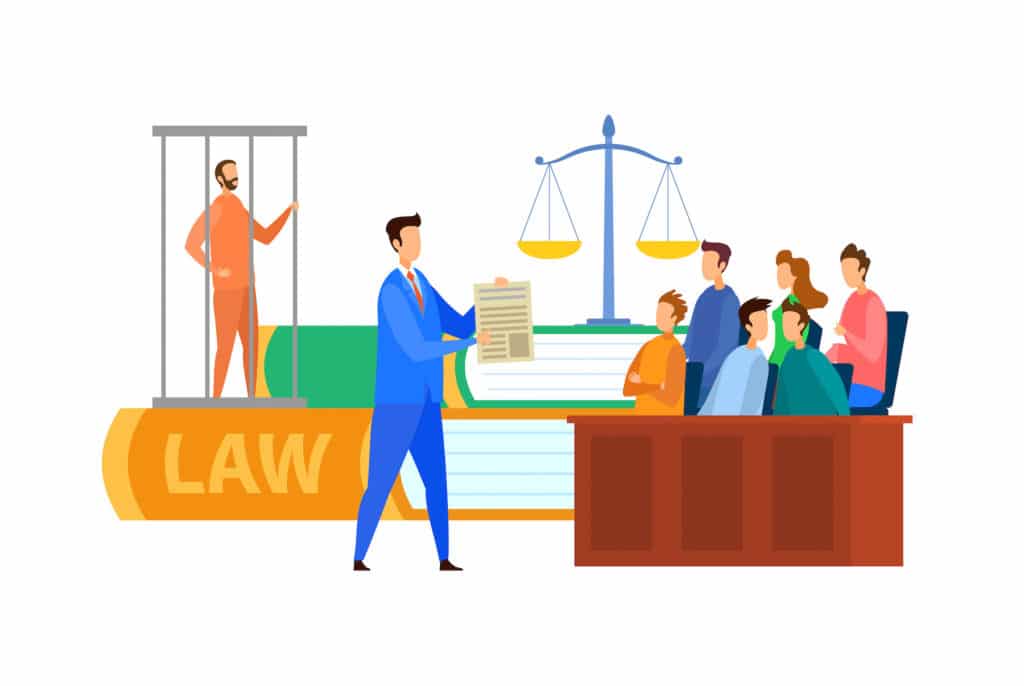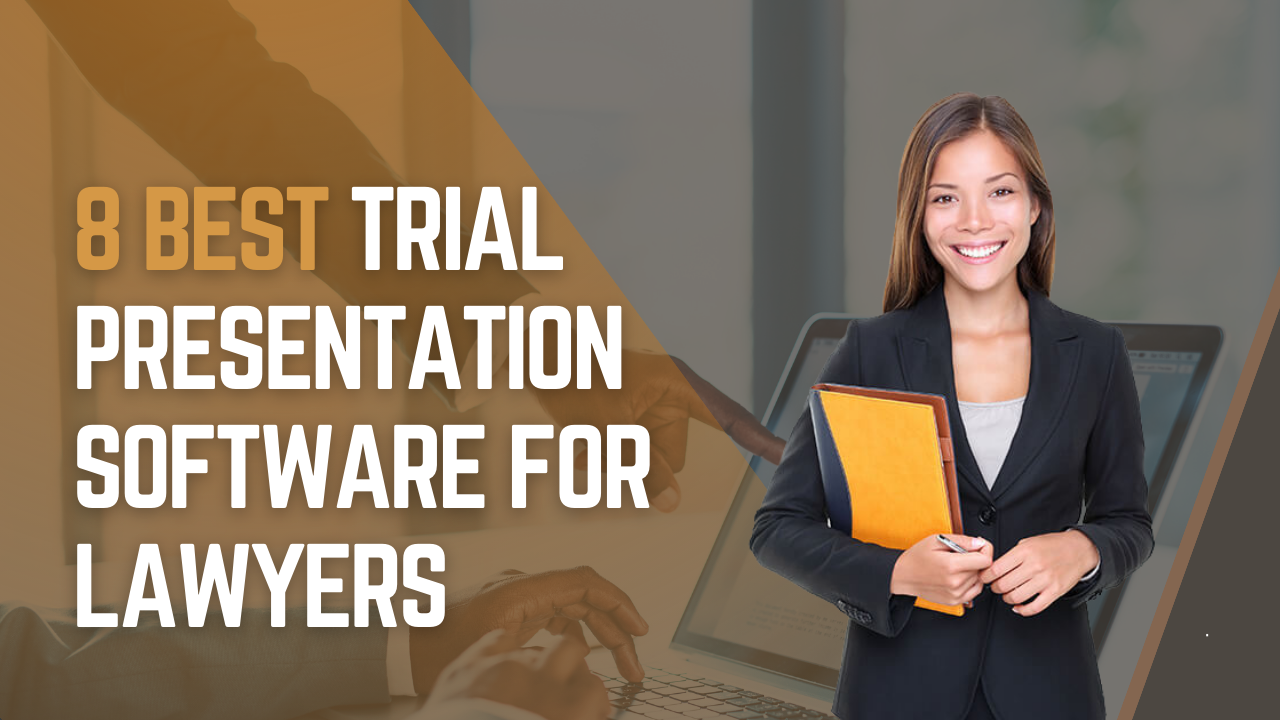Navigating the Intricacies of Trial Presentations: Tips for Seamless Delivery and Engaging Arguments
In the world of legal process, the art of trial discussion stands as an important determinant of success. As lawyers navigate the detailed web of court room dynamics, the capacity to perfectly supply arguments and proof while captivating the court's attention ends up being paramount. The complexities intrinsic in trial discussions require a fragile equilibrium of technique, skill, and ability. By sharpening techniques that make sure a sleek delivery and crafting compelling debates that reverberate with the audience, lawyers can dramatically enhance their advocacy. In a world where persuasion rules supreme, understanding the intricacies of trial presentations is not simply an alternative yet a necessity for those seeking to prevail in the court.

Understanding Test Objectives
To efficiently browse a test, it is critical to have a clear understanding of the objectives that need to be accomplished. Before entering the court room, lawful groups must define their goals and desired results. These goals offer as assisting concepts throughout the test, forming approaches and affecting decision-making procedures.
Recognizing test purposes entails a comprehensive analysis of the case, lawful precedents, and the client's benefits. Trial Presentations. It requires a precise evaluation of the facts, identifying key issues, and anticipating potential obstacles. By establishing quantifiable and particular goals, attorneys can customize their presentations and arguments to straighten with the wanted results
Furthermore, a clear grasp of test purposes allows legal groups to focus on evidence, witnesses, and legal debates successfully. It enables the development of a systematic story that reverberates with the discretionary, enhancing the general case discussion.

Organizing Evidence Efficiently
Having a clear understanding of trial objectives lays the structure for arranging evidence effectively in lawful procedures - Trial Presentations. By lining up the presentation of proof with the preferred outcomes of the test, lawful teams can reinforce their debates and improve their persuasiveness. One essential aspect of arranging evidence is classification. Organizing evidence based upon themes or relevance to details legal components can assist improve the discussion and make complicated information extra digestible for the court or jury.
Another secret element in arranging proof efficiently is developing a logical circulation. Presenting proof in a coherent and sequential way can aid develop an engaging story that supports the lawful debates being made. Furthermore, making use of visual aids such as charts, charts, or timelines can better enhance the company of evidence and assist in clearing up intricate relationships or sequences of occasions.
In addition, ensuring that all evidence provided is relevant and acceptable to the situation is essential. Unimportant or inadmissible proof can interfere with the toughness of the argument and possibly damage the trustworthiness of the offering event. A careful evaluation and choice process ought to be embarked on to include address only the most impactful and lawfully sound proof in the test discussion.
Crafting Convincing Narratives
Crafting engaging stories plays a crucial duty in offering influential arguments during legal proceedings. A well-crafted narrative has the power to captivate the audience, evoke emotions, and ultimately sway the choice in support of the here and informative post now event. When creating a story for a test discussion, it is crucial to develop a clear story that highlights vital factors and links them in a meaningful way. Begin by detailing the truths of the situation in a compelling manner, ensuring that the series of occasions is simple to follow. Introduce personalities properly, supplying background information that helps the target market recognize their motivations and actions. In addition, including vivid descriptions and appealing language can bring the narrative to life, making it much more memorable for the discretionary. By weaving together proof, statement, and legal disagreements into a convincing and natural story, lawful experts can effectively promote for their clients and increase the chance of a positive outcome in the court room.
Understanding Visual Aids
Reliable use visual aids is vital to enhancing the effect and clearness of test presentations. Visual aids, when used purposefully, have the power to simplify complex info, enhance key points, and leave an enduring impact on the court and court. To master visual aids in trial discussions, it is critical to ensure that they are clear, concise, and relevant to the disagreements being made.
When integrating aesthetic help, such as graphes, timelines, pictures, or charts, right into a test discussion, it is important to keep them visually appealing yet professional. The visuals should complement the spoken debates, providing an aesthetic depiction of the details being reviewed without frustrating the target market with unneeded details.
Furthermore, practicing with the visual help ahead of time is imperative to make certain a smooth delivery during the trial. Acquainting oneself with the web content, shifts, and timings of each aesthetic help can help preserve the circulation of the discussion and avoid technological glitches that may develop.
Delivering Impactful Closing Debates
A compelling closing disagreement offers as the culmination of a test discussion, enveloping the core narrative and encouraging the discretionary in the direction of a favorable choice. To provide an impactful closing debate, it is vital to succinctly summarize bottom lines, highlight the staminas of your situation, and deal with any kind of weak points in a tactical manner. Begin by laying out the primary disagreements that support your client's position, highlighting why the evidence presented throughout the trial supports your story. It is necessary to produce a feeling of communication and clarity, directing the court and jury in the direction of the wanted final thought.
In addition, integrating psychological appeal can even more reinforce your closing disagreement. Inevitably, a well-crafted closing disagreement need to leave a long lasting impact, compelling the judge and court to rule in your More hints client's favor.
Verdict
To conclude, grasping test discussions involves understanding purposes, organizing evidence, crafting stories, using aesthetic help, and delivering impactful closing disagreements. By applying these strategies efficiently, attorneys can provide their situation effortlessly and make engaging arguments in the court room. It is vital to navigate the intricacies of test presentations with precision and skill to accomplish success in legal procedures.
By straightening the discussion of evidence with the wanted outcomes of the test, legal teams can reinforce their debates and improve their persuasiveness (Trial Presentations). To master visual help in test presentations, it is crucial to make certain that they are clear, succinct, and pertinent to the disagreements being made
A compelling closing disagreement serves as the end result of a test discussion, encapsulating the core narrative and persuading the court and court in the direction of a desirable choice. Begin by laying out the main arguments that support your client's placement, stressing why the proof offered throughout the trial supports your story.In verdict, understanding trial discussions includes understanding objectives, organizing evidence, crafting narratives, using aesthetic aids, and providing impactful closing arguments.